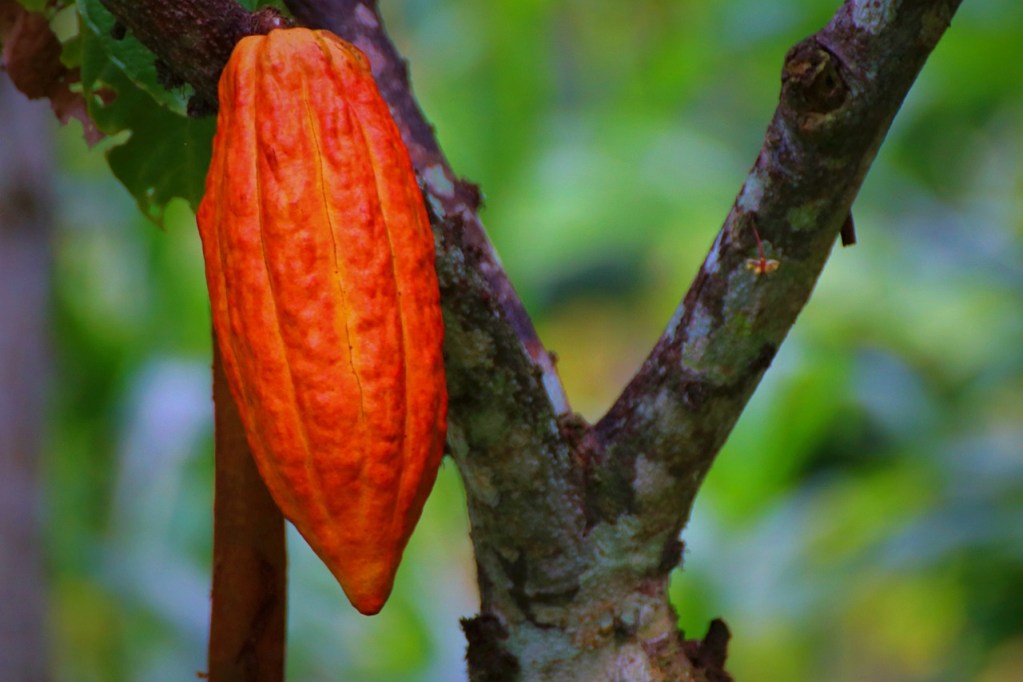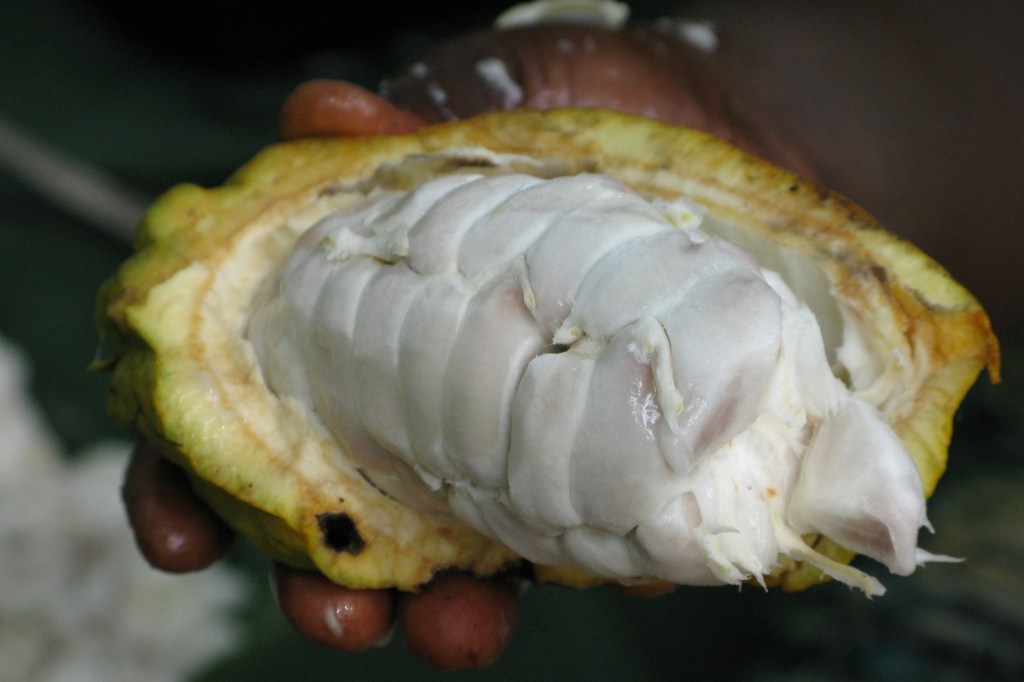Chocolate is a delicious treat. It makes a perfect holiday gift, but you don’t need to wait for a special occasion to enjoy it. The popularity of chocolate leaves some people wondering if they can grow a cacao tree at home to make their own chocolate. It isn’t easy, but with patience and effort, you can grow your own cocoa plant — and even make chocolate at home! Here’s what you need to know.

What is a cocoa plant?
A cacao tree, also called a cocoa plant or chocolate plant, is a 15- to 25-foot-tall tree native to the tropics of South America and Central America. The trees reach maturity at around five years, and they produce large fruits called pods. The white flesh of the pod is tangy and a little sweet, often compared to other tropical fruits like mangos or pineapples. Chocolate is made from the seeds, which break into smaller pieces called nibs.
Their tropical native environment is difficult to recreate in most parts of the U.S. without a greenhouse. Some areas, like Hawaii and Florida, can grow cacao trees outdoors. If you live further north, you’ll either need a greenhouse or a room in your house with a 15-foot ceiling.

Caring for a cacao tree
If you’re determined to grow a cocoa plant, here’s what you need to know:
Step 1: Plant your tree in rich, loamy soil.
Adding compost to your soil can help.
Step 2: Make sure your tree gets morning sun and afternoon shade.
Cacao trees’ leaves can scorch in direct sunlight. Filtered light or mixed sun and shade are ideal.
Step 3: Keep it out of the wind.
Step 4: Place your tree in a hot, humid location.
A greenhouse is ideal for this, but anywhere with a temperature between 65 and 80 degrees Fahrenheit and high humidity will work.
Step 5: Give your tree 1 to 2 inches of water weekly.
Step 6: Fertilize with a balanced fertilizer during the spring.

Can you make chocolate at home?
If you have cacao pods and a space to cook, you can make chocolate. Here’s how:
Step 1: Open the pods.
Step 2: Remove the beans, placing them in a container.
Step 3: Cover the container with a towel and ferment for up to a week.
Step 4: Spread the beans over a tray and roast them for 1 to 1.5 hours at 300 degrees Fahrenheit or until they are dry and dark brown.
Step 5: Remove the shells from the beans once they’re cool.
Step 6: Crush the beans into nibs.
Step 7: Grind the nibs into powder with a blender.
Step 8: Mix the powder with other ingredients to taste.
You can leave the nibs plain for pure, dark chocolate or add milk, sugar, or even spices, like cinnamon. You can also eat the nibs raw or bake them into chocolate bars or pastries.
If you're making chocolate or having delicious fresh cacao fruit is important to you, then growing a cacao tree is well worth the effort! It can be tricky, but it isn’t impossible. With perseverance, you can impress your friends and loved ones with your plant-growing and chocolate-making skills.




